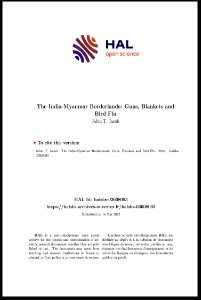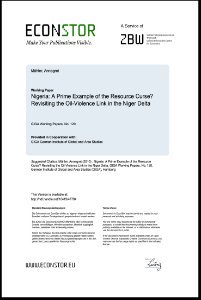By Joel Salvador Herrera and , Cesar B. Martinez-Alvarez
A growing body of evidence suggests that criminal organizations across the Global South actively exploit natural resources in the communities where they operate with important sociopolitical consequences. In this article, we investigate the case of Mexico where the incursion of criminal groups into the mining and export-agricultural sectors impacts violence at the local level. We propose two mechanisms that explain why criminal groups diversify. First, the war-profit motive suggests that competition and state repression prompt criminal organizations to look for non-traditional sources of incomes and to build up their violence-making capacities. Second, the governance motive suggests that extracting rents from key industries represents a strategy for these organizations to establish territorial control in local communities. Using homicide data from 2007 to 2011, we demonstrate that access to primary sector revenues is associated with higher levels of violence among Mexican municipalities. Using qualitative evidence from Michoacán, we show how the introduction of criminal governance systems to rural areas was a key factor in explaining why criminal groups diversified toward mining and export-agriculture.
World Development. Volume 151, March 2022, 105769





